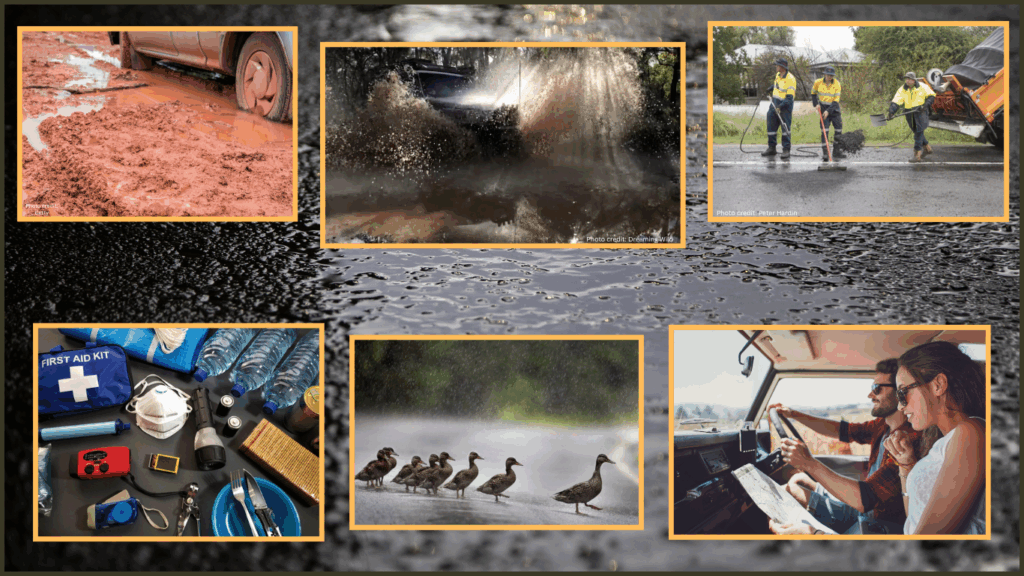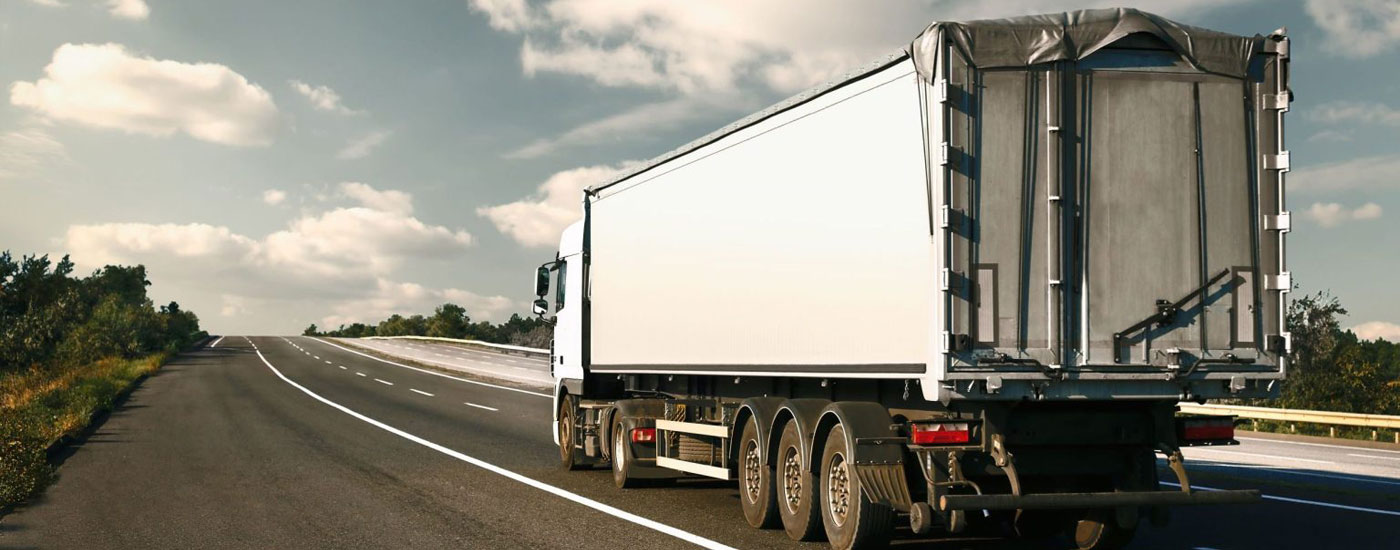Tips For Staying Safe on WA’s Roads This Winter
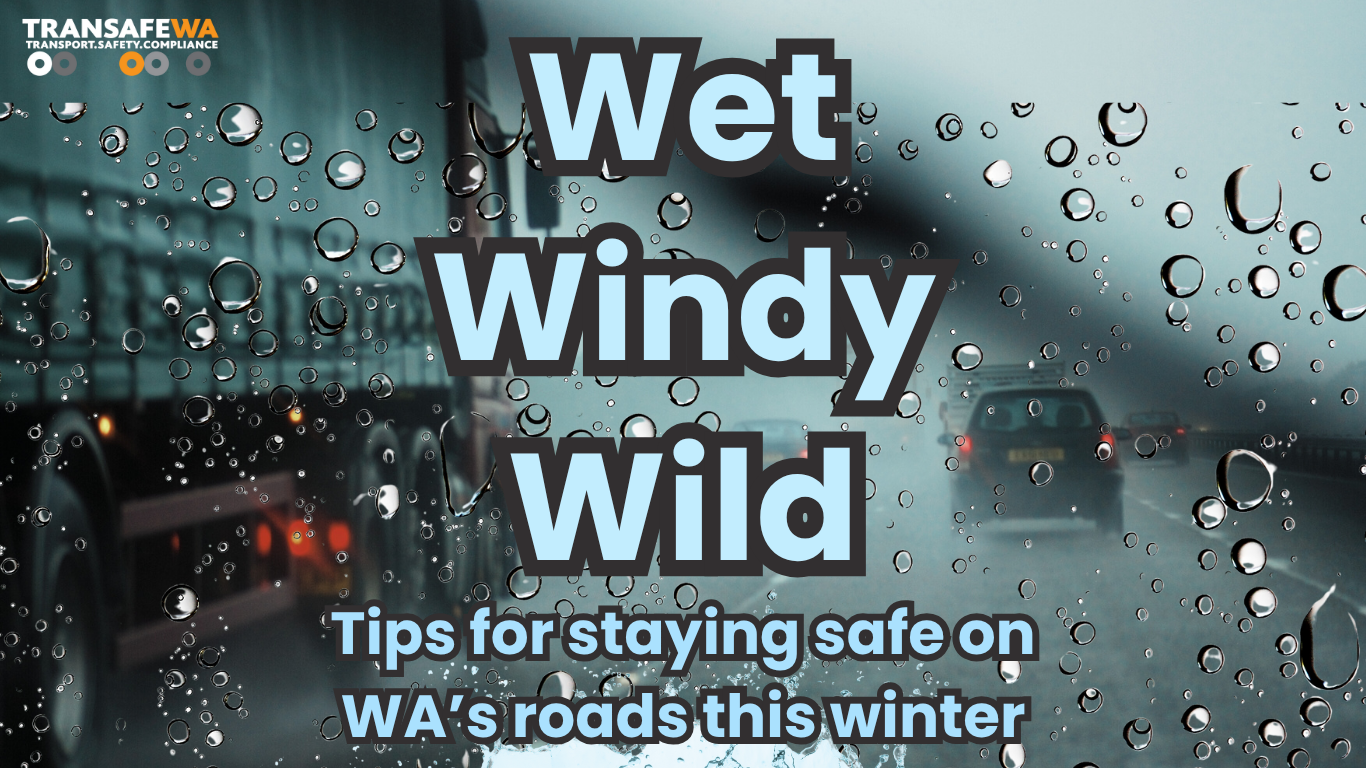
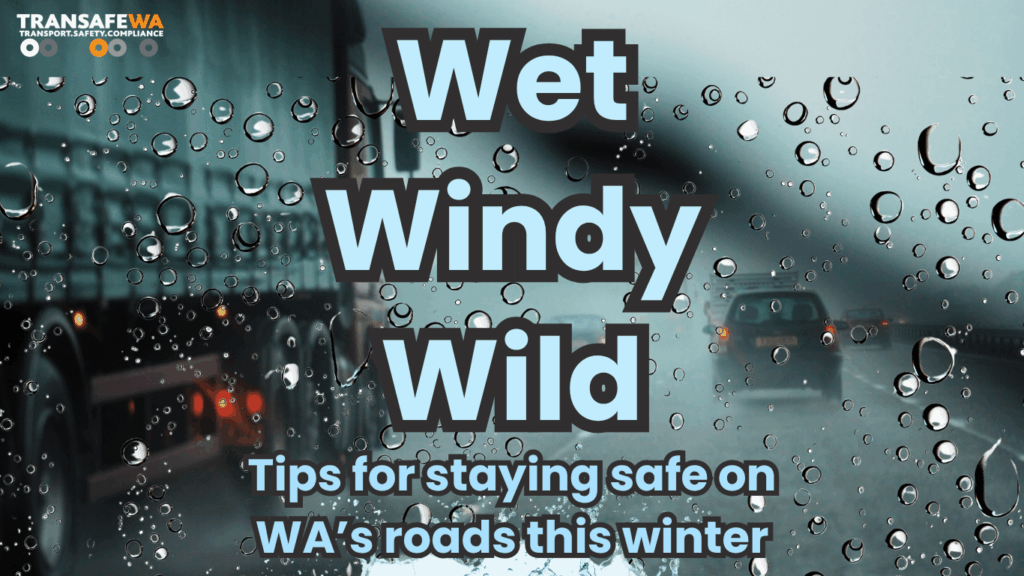
Driving in wet weather is always a challenge, but in the vast state of Western Australia, it can become downright dangerous—especially when sharing the road with trucks and heavy vehicles. Sudden downpours, slippery surfaces, reduced visibility, and longer stopping distances all increase your risk behind the wheel.
Whether you’re heading out for a long weekend, running stock between properties, or just commuting to town, here are some essential tips to help keep you safe on our roads when the weather turns wild.
🚗 1. Reduce Your Speed and Increase Following Distance
Rain drastically reduces tyre grip. What might be a safe speed in the dry can become dangerous on wet surfaces—especially on bitumen that’s rarely travelled and may be coated in oil, dirt or leaf matter.
Tip: Slow down and double the space between you and the vehicle in front. On gravel roads, even more distance is needed.
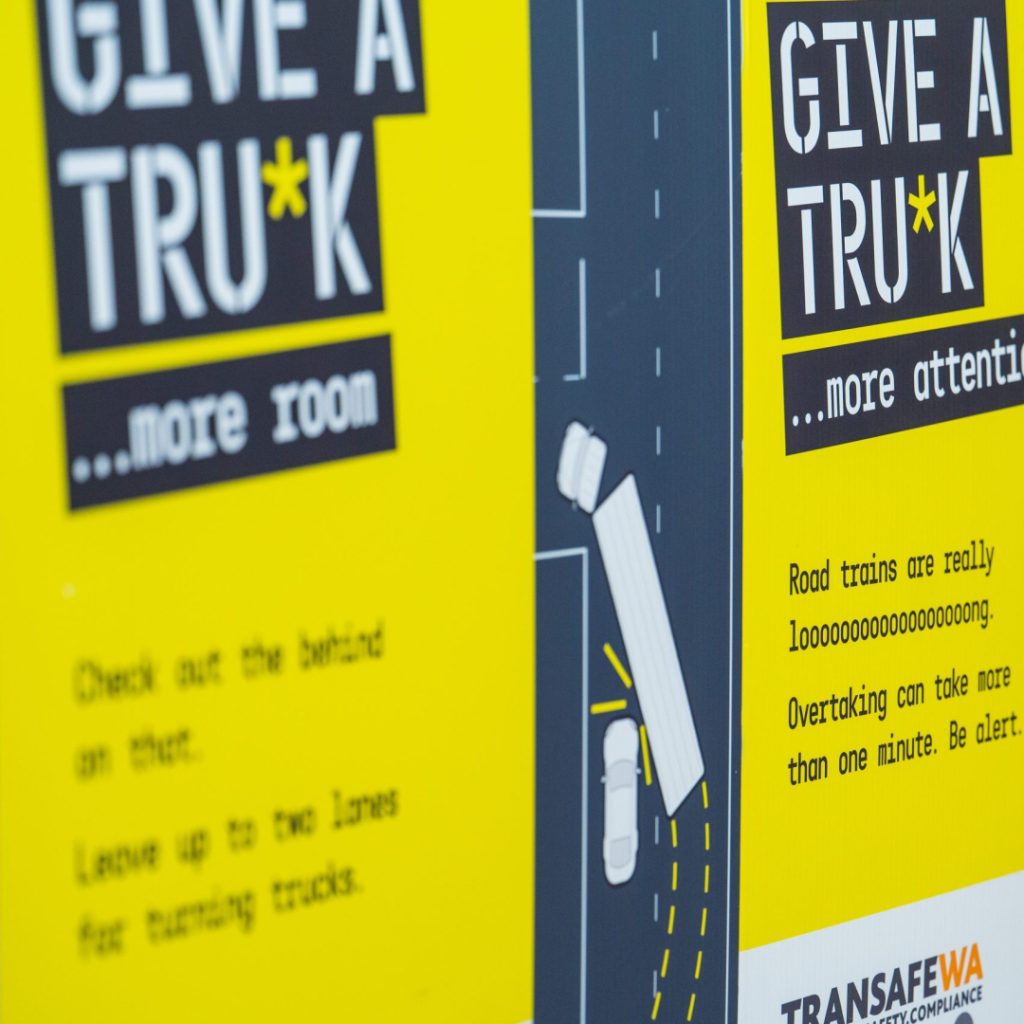
🚚 2. Give Trucks and Heavy Vehicles Plenty of Room
Trucks need more space to stop—and when roads are wet, their stopping distance increases even further. On regional roads, you’ll often encounter road trains and heavy freight vehicles. If you’re travelling behind or beside one, remember:
Never cut in front of a truck, especially after overtaking.
Be patient—it takes time and space for a heavy vehicle to slow down or change direction.
Stay visible—if you can’t see the truck driver in their mirrors, they can’t see you.
🌧️ 3. Watch for Road Hazards Unique to Wet Weather
Flooded causeways and creek crossings may look shallow but can be fast-moving and dangerous. Never risk it—if it’s flooded, forget it.
Potholes and soft shoulders can worsen quickly in the rain, especially in remote areas. If you hit one at speed, it can damage tyres or throw you off course.
Animals on the road can be a serious hazard after rain. Kangaroos, livestock, and even emus may be drawn to puddles or pooled water on road surfaces. Be extra alert at dawn and dusk, slow down in high-risk areas, and always scan ahead—not just the road but the shoulders too.
Black ice is rare in WA but possible in the Great Southern and Wheatbelt on cold, wet mornings. Drive cautiously, especially around shaded bends.


🚦 4. Use Your Headlights—But Not High Beams
Turn on your headlights in wet or stormy weather, even during the day. It helps you see and, more importantly, be seen by other drivers—including truckies coming around bends or over crests.
Avoid using high beams in heavy rain or fog—it reflects off the water and actually reduces your visibility.
🛑 5. Brake Gently, Avoid Sudden Moves
Sudden braking or swerving on wet roads is a recipe for disaster. If you need to stop quickly, pump your brakes gently if you don’t have ABS. If you feel the vehicle skidding, ease off the accelerator and steer in the direction of the skid until you regain control.
🔍 6. Check Road Conditions Before You Go
In WA, especially in the regions, road closures and flood warnings can change quickly. Before heading out:
Check Main Roads WA for live road conditions: click here
Listen to local ABC radio for weather updates.
Let someone know your route, especially if you’re travelling on isolated roads.
👷♂️ 7. Respect Road Work Zones
Heavy rainfall can wash out road shoulders, flood work areas, or expose new hazards. You may see trucks or maintenance crews patching damage. Slow down, follow signage, and be patient—they’re working to keep the roads safe for everyone.
🧰 8. Prepare for the Unexpected
Even a well-prepared trip can be disrupted by WA’s wild weather. Always carry:
- A charged mobile phone and car charger
- A basic emergency kit (torch, blanket, water, first aid)
- A printed map or GPS device (some areas have limited signal)
- And if you’re in a 4WD or towing, double-check your vehicle setup and recovery gear—especially if you’re crossing unsealed country roads or station tracks.
WA’s roads can be beautiful but brutal. When the skies open up, respect the conditions, respect the trucks, and drive to arrive. Wet weather isn’t the time to take chances—slow down and stay safe.
